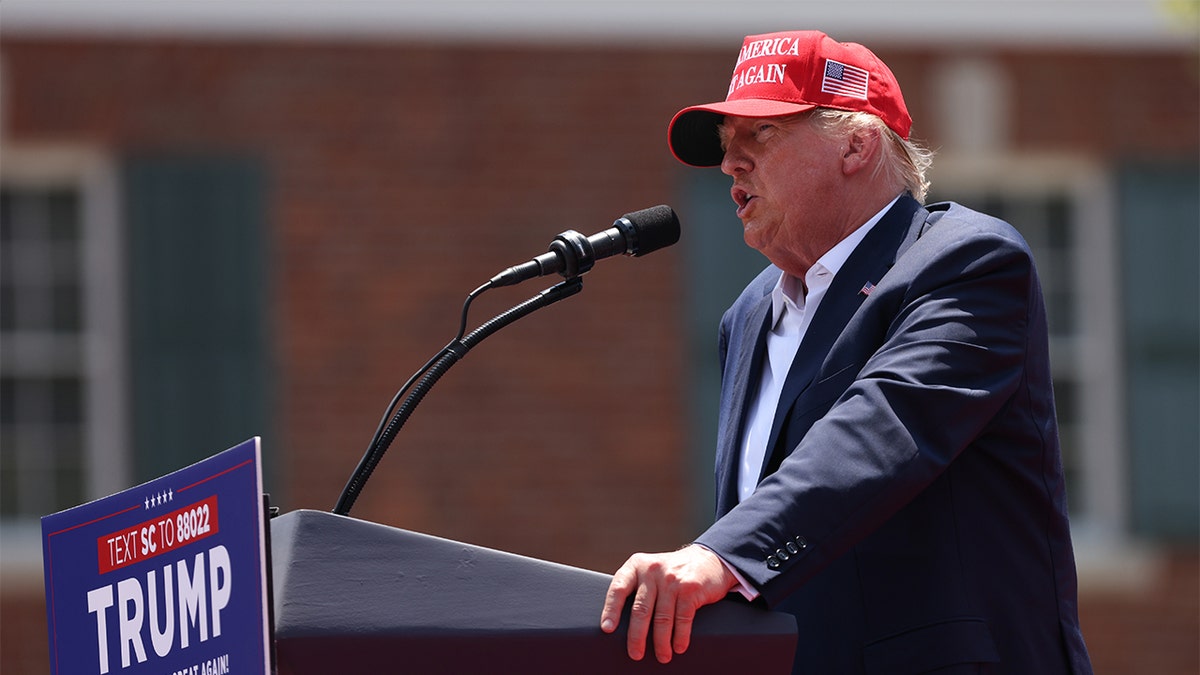When it comes to diversity, equality, and inclusion (DEI), President Trump is totally against it. During his inauguration address, he made it very apparent that the federal government will no longer use DEI when hiring new employees. He is against diversity, equity, and inclusion (DEI) and wants to see racial bias eliminated in favor of a system that rewards and promotes the most talented individuals regardless of their background.
Closer inspection of the president’s objections to DEI reveals that he is fixated on the negative aspects of DEI, specifically its tokenism. Here, diversity, equity, and inclusion (DEI) ends up defining outcomes and rewarding actions that have little to do with merit, rather than opening doors to new opportunities.
But there is already a model for diversity, equity, and inclusion (DEI) on university campuses that aligns with the president’s beliefs; this model concerns the recruitment of student athletes and the development and hiring of college sports coaches.
On the collegiate level, every team aspires to win it all. Their ultimate goal is to compete at the collegiate level and bring home conference and maybe even national titles.
Anyone who has ever stepped foot on a sports field knows that a team’s performance is directly proportional to the quality of its players. For that reason, college coaches and their staffs place a premium on recruitment.
Consider the men’s collegiate basketball team, whose season just ended. In order to help coaches and fans make informed decisions, two major sports media outlets, ESPN and 247 Sports, rate the best high school seniors. As a realistic indicator of future basketball performance, these rankings are then utilized to evaluate the caliber of each school’s entering freshman class.
The transfer site makes it easy for players to switch institutions, which casts doubt on the reliability of such rankings. With the once-loathed “pay to play” model becoming the standard, Names, Images, and Likeness (NIL) contracts also significantly impact players’ choice of where to play.
No matter the method, a team’s success on the court hinges on its ability to assemble the finest possible roster.
However, without competent coaching, athletic ability might go to waste. In their role as athletic directors, it is essential to foster programs that help student-athletes become well-rounded individuals who excel in all aspects of life. They want to recruit top-tier coaches who can establish a winning tradition. As a result, merit is the inherent motivator in the recruiting process. A varied pool of applicants, however, ensures that diversity is an inherent part of the merit-based selection procedure.
The fact that the participants are selected according to their own abilities is more crucial. All of them are eager to be a part of successful initiatives. It takes time to cultivate and create winning coaches, which is essential for striving to have winning programs.
Assembling teams and coaching staff based on merit is the key to success, according to what college sports teach. Another important reason for allowing coaching staffs to mirror the pool of players is that there is a huge pool of prospective (and enthusiastic) student athletes who want to become future coaches.
The takeaway here is that a diversified pipeline is essential for building meritocratic, diverse universities. The place to start is not in the DEI offices or on university recruitment committees, but in K-12 schools and even more so in the homes of these children, where the leaders of tomorrow are being formed.
Efforts like this are the long-term strategy for increasing diversity in society and on college campuses. Poor results are the result of avoiding the investments that are essential to building a high-quality pipeline. The University of Michigan’s DEI program struggles and the Supreme Court’s decision to prohibit affirmative action admissions show that quick fixes are not the way to go.
Diversity, no matter how admirable, is compromised if it lacks quality. The two can and should work hand in hand, much like on a collegiate athletic field, so that when diversity thrives, merit also shines strong.
One instructive example of how to increase diversity in a meritocratic society is collegiate athletics. Academic institutions may use these principles throughout their campuses to attract and retain a more diverse student population and faculty while upholding the most laudatory standards of academic achievement. College athletics provide the perfect example for the president to promote on college campuses since they reflect his beliefs.









